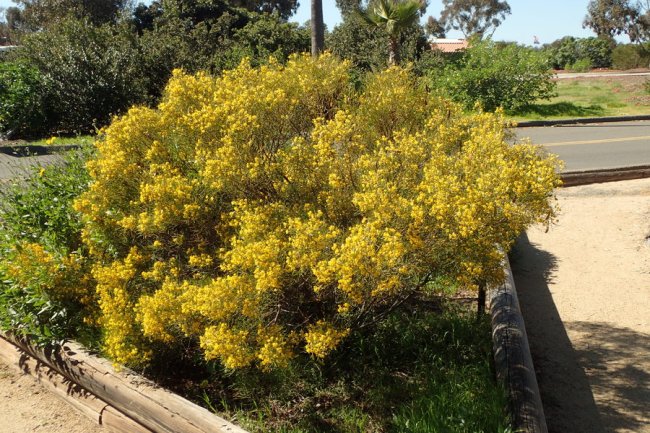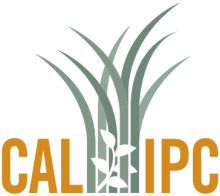Climate Matching Map
1. Question 1
2. Question 2
3. Question 3
The University of Arizona Desert Legume Program notes Senna artemisioides ssp. petiolaris as having the potential to become invasive, but not to the extent of other Senna artemisioides subspecies in cultivation.
Saguaro National Park lists silver senna (aka feathery cassia) as a non-native shrub that occurs in the park.
4. Question 4
5. Question 5
6. Question 6
7. Question 7
8. Question 8
9. Question 9
Other Senna species may affect humans or animals/fish: Senna occidentalis is toxic to humans, causing liver failure (Ish et al. 2019). Senna occidentalis, Senna roemariana, Senna lindheimeriana, and Senna obtusifolia are noted as toxic to livestock and goats (Fannin 2015, Pfeifer 2018, Ish 2019, Texas A & M 2023).
10. Question 10
11. Question 11
12. Question 12
13. Question 13
14. Question 14
15. Question 15
16. Question 16
17. Question 17
18. Question 18
19. Question 19
20. Question 20
Evaluation Notes
There was not much information found assessing how invasive Senna artemisioides may be in areas across the world where it is not native.






